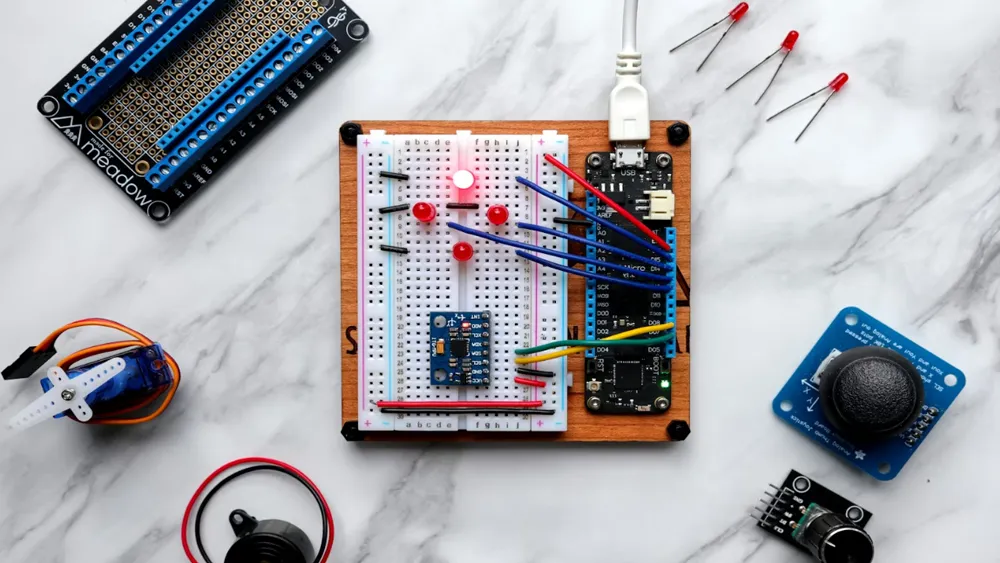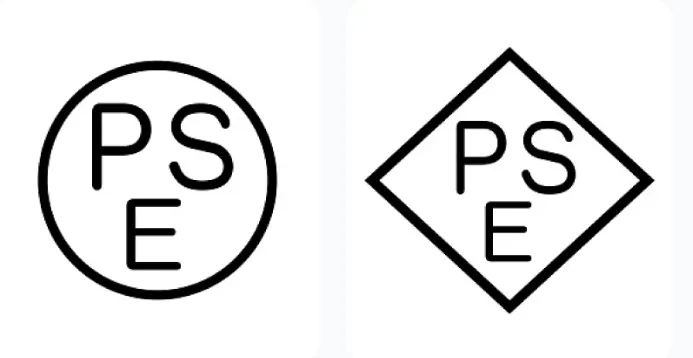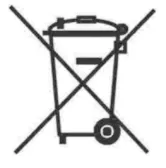
How to Apply for CB Certification for Household Appliances
The CB Scheme (IEC System for Conformity Testing and Certification of Electrical Equipment) is an international system operated by IECEE. Under this system, the National Certification Bodies (NCBs) of IECEE member countries conduct safety testing of electrical products based on IEC standards. The resULting cb test Report and cb test certificate are mutually recognized by all IECEE member countries. The aim is to REDuce international trade barriers caused by the need to meet varying national certification or approval criteria.
IECEE stands for the IEC System of Conformity Assessment Schemes for Electrotechnical Equipment and Components.
Most electronic and electrical products entering global markets must comply with various national regulations and industry standards. In the past, obtaining safety registration or certification in different countries was a time-consuming and costly process. Thanks to the CB Scheme, this is no longer the case.
The cb certification system is an extremely convenient program. Participating countries mutually recognize each other’s test results. Except for minor differences that may require limited additional testing, extensive re-testing is generally not necessary.
Required Documents for Household Appliance CB Certification:
1. Product model photos;
2. Technical documentation: electrical schematics, wiring diagrams, exploded views, etc.;
3. Product user manual;
4. List of key components or raw materials (third-party certification for core components must be provided);
5. Other applicable technical documents.
> Note:
> Is a factory inspection required for CB certification?
> No. CB certification is product-focused and does not require a factory inspection.
CB Certification Process for Household Appliances:
1. Prepare and submit the CB testing and certification application form to the JJR Laboratory in China;
2. Wait for the organization to review and issue a quotation. Sign the agreement;
3. The applicant prepares and sends product samples to the JJR Laboratory for testing;
4. After testing, JJR Laboratory issues a test conclusion report (assumed to pass by default; if failed, re-testing will be arranged based on corrective actions);
5. A conformity assessment report is issued for safety certification;
6. Upon completion, the cb certificate is issued and registered with the International Electrotechnical Commission (IEC).
Most electronic and electrical products must meet different regulations in each country. Obtaining national safety certification has traditionally been a complex and expensive process. However, with the CB Scheme, manufacturers can obtain up to 54 national certifications with a single test, truly achieving one test to meet multiple certification needs.
Email:hello@jjrlab.com
Write your message here and send it to us
 What is Amazon TIC and How Can Sellers Achieve Com
What is Amazon TIC and How Can Sellers Achieve Com
 2026 Battery UN38.3 Certification (Test Report) &a
2026 Battery UN38.3 Certification (Test Report) &a
 What is the IEC 62680 Standard? Compliance Interpr
What is the IEC 62680 Standard? Compliance Interpr
 Amazon Japan December Compliance Requirements
Amazon Japan December Compliance Requirements
 How to Check a CPSC-Accepted Laboratory?
How to Check a CPSC-Accepted Laboratory?
 WEEE Registration for Waste Electrical &Electr
WEEE Registration for Waste Electrical &Electr
 MSDS Chemical Safety Testing
MSDS Chemical Safety Testing
 What Are the Differences Between UK REACH and EU R
What Are the Differences Between UK REACH and EU R
Leave us a message
24-hour online customer service at any time to respond, so that you worry!




